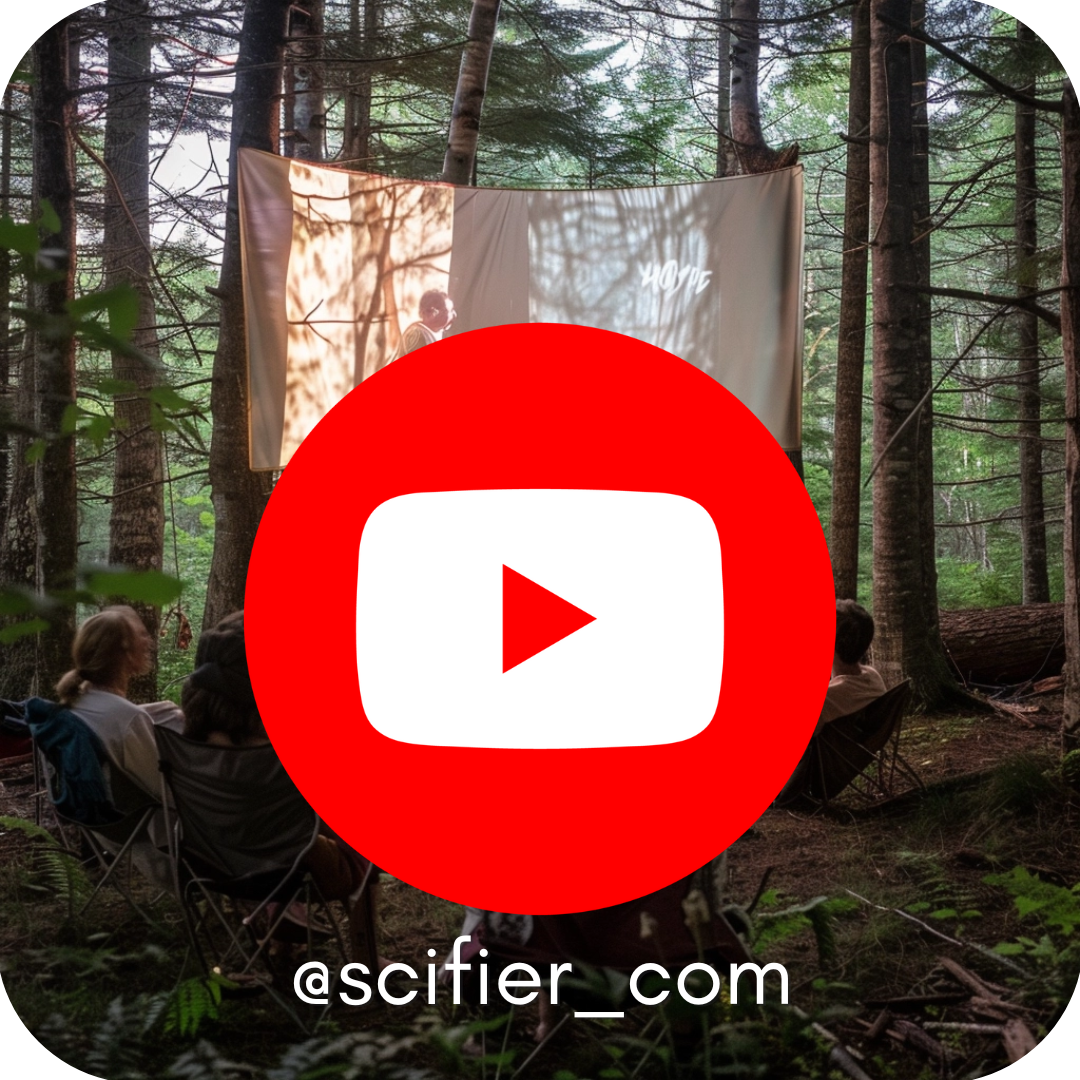Description
The Imaginary Geography of Hollywood Cinema 1960-2000 combines digital cartography with close readings of representative films from 1960 to 2000. Christian B. Long offers a unique history of twentieth-century Hollywood narrative cinema, one that is focused on the intersection of the geographies of narrative location, production, consumption and taste in the era before the rise of digital cinema. Long redraws the boundaries of film history, both literally and figuratively, by cataloging films' narrative locations on digital maps in order to illustrate where Hollywood actually locates its narratives over time.
A PDF version of this book is available for free in open access via the OAPEN Library platform:The Imaginary Geography of Hollywood Cinema. It has been made available under a Creative Commons Attribution 4.0 International Public License and is part of Knowledge Unlatched.
About the Author
Christian B. Long works at Queensland University of Technology and is an honorary research fellow at the University of Queensland.
Reviews
'The book sits well alongside other recent monographs of US cinema's spatial politics, such as Mark Shiel's Hollywood Cinema and the Real Los Angeles (2012) and Lawrence Webb's The Cinema of Urban Crisis (2014), and further demonstrates the value of geographical interpretations of cinema. In Chapters 2 and 3 in particular, Long brilliantly connects spatial content (and spatial politics) to wider shifting trends and industrial developments, revealing with clarity the tight interrelationship between dominant modes of filmmaking and the spaces that are being put on-screen. Whether his insights in this respect could only have been mobilized through the use of the literal maps that Long provides and from which his project launched is perhaps open to debate; however, he certainly succeeds in demonstrating that location is 'an underexplored and powerful explanatory force' shaping both the themes and the underlying ideologies of particular film texts and of the industry more generally (10). This is not to say that space crowds out other concerns; rather, paying attention to geography allows for the better placement - not only spatially, but culturally, historically and politically - of cinema. As Long states, 'Hollywood films that perform the best at the box office and in year-end prestige lists render a great deal of the United States - and the people who live there and their particular ways of life - invisible to their audiences' (233). This book does a great deal of useful work in rendering visible such absences and encouraging us to look for more.'
-- Nick Jones, European Journal of American Culture'....Long's way of posing spatial questions about film is both stylistically and conceptually incisive. He puts his book's research interest in a nutshell when asking 'what - or better yet, exactly where - "America" means in Hollywood cinema' (p. 12, emphasis in original). In answering this question, The Imaginary Geography of Hollywood Cinema offers to expand the geographical horizon of what readers perceive as American film and as America on film.'
-- Elisa Jochum, University College London, Historical Journal of Film, Radio and Television, 2019 Vol. 39, No. 1, 187-208Book Information
ISBN 9781783208296
Author Christian B. Long
Format Hardback
Page Count 300
Imprint Intellect Books
Publisher Intellect Books
Weight(grams) 689g
Dimensions(mm) 229mm * 178mm * 19mm
Details
Imprint: |
Intellect Books |










